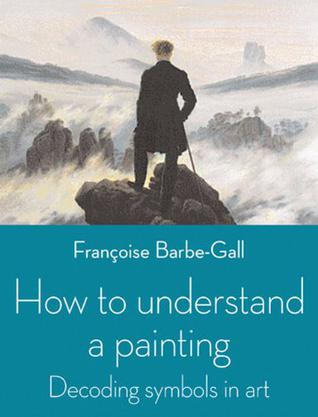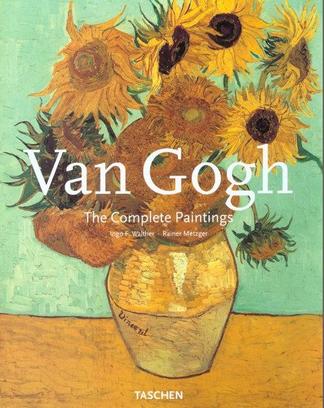How to Understand a Painting
Francoise Barbe-Gall
Choosing ten symbols from the natural world (the sun, the shell, the bird) and ten man-made (the window, the book, the mirror), Françoise Barbe-Gall illuminates our understanding of how these have been used and developed in art from the fifteenth to the twenty-first century, with sixty-eight wonderfully vivid examples.
Painting has always made abundant use of forms and objects to convey abstract ideas: love, hope for eternal life, loyalty or betrayal. These recurring motifs, which were familiar to many in the past, have mostly become mysterious to the audiences of today. Today's art-lover will have to learn to look out for all the small things that can so easily seem like unimportant details, or simply decoration. But a flower, a reflection in a mirror or a bird in flight nearly always mean more than they first appear to.
From Holbein's apple of knowledge to the black cat at the foot of Manet's Olympia, from Magritte's mysterious candles to Georgia O'Keeffe's flowers, this book shows how each work makes use of the language of symbols in an original and more meaningful way.

